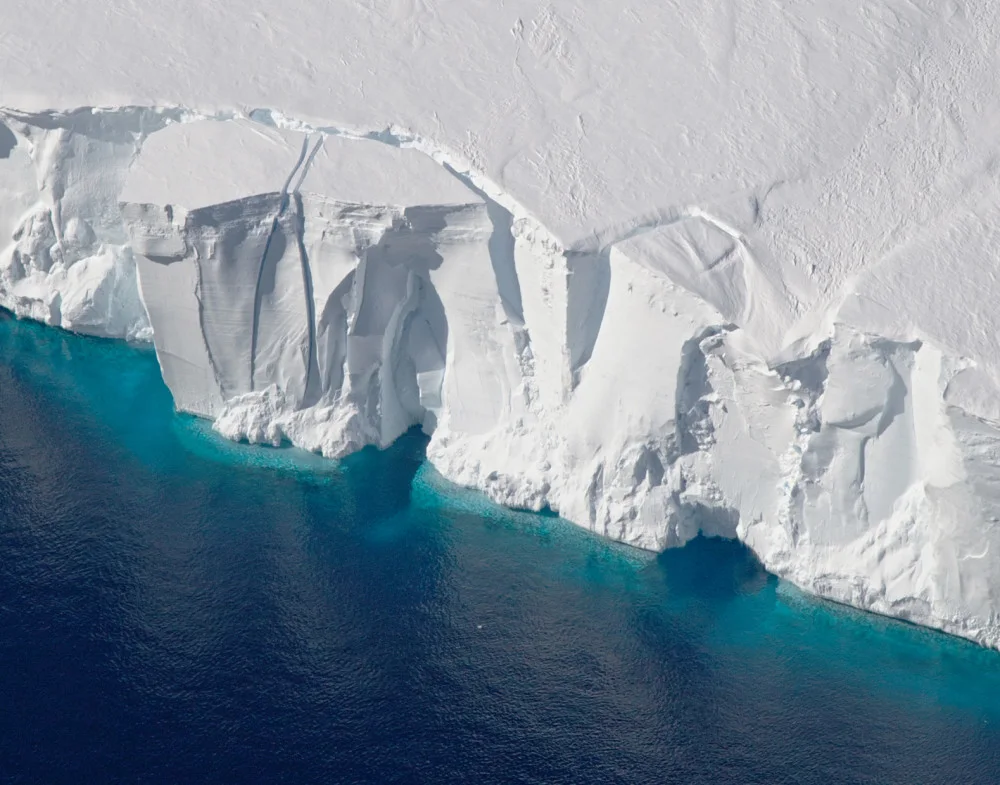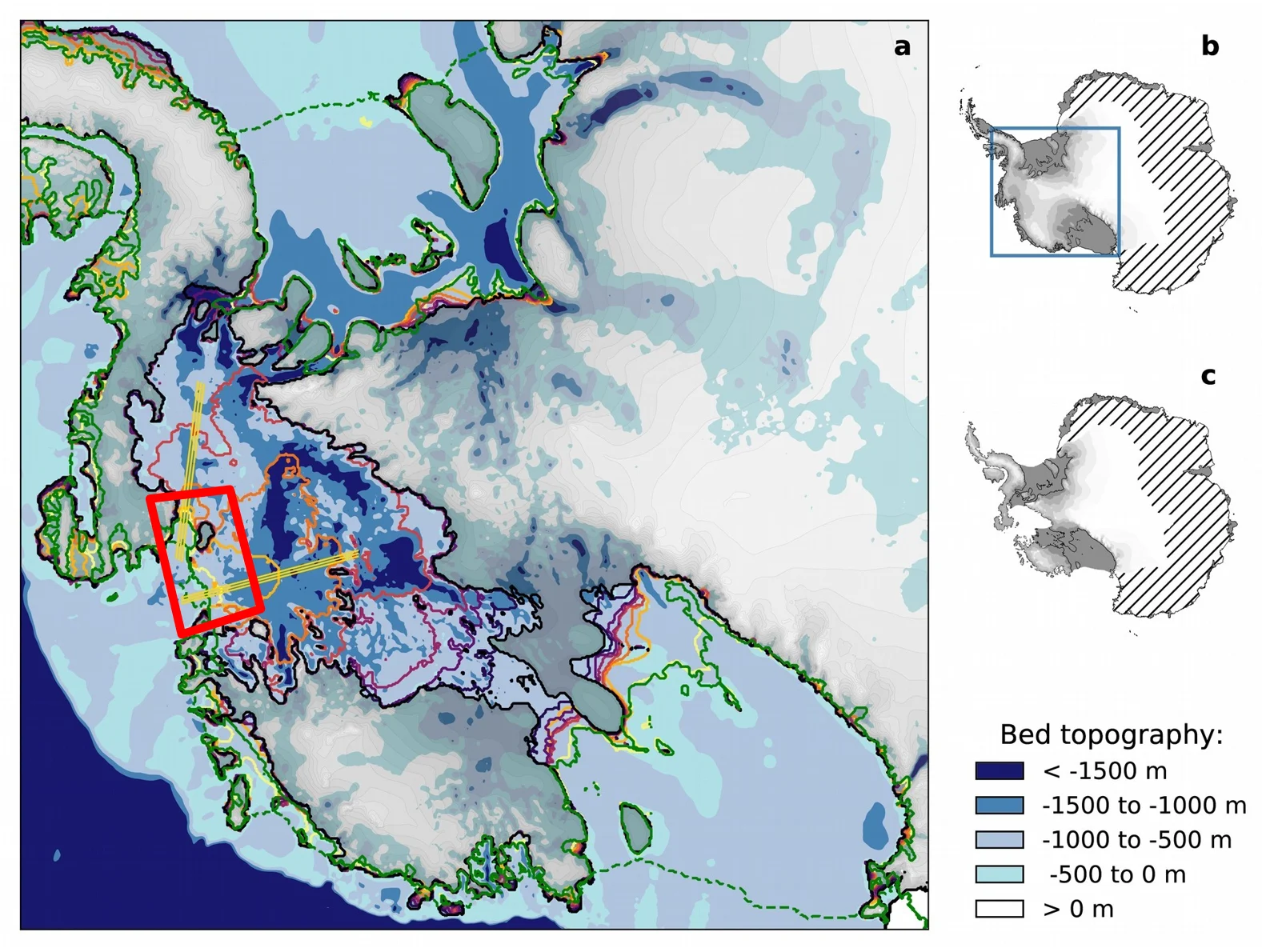
Snow cannons could restore Antarctic ice, but at a steep cost
The hypothetical massive project would be very costly, and do serious damage to the Antarctic's pristine environment
Researchers in Germany have outlined a plan they say could stabilize the rapidly melting West Antarctic Ice Sheet -- but it would take 'unprecedented' engineering efforts and pose a serious environmental hazard.
West Antarctica's ice is melting rapidly due to climate change, and a collapse could add as much as three metres to global sea levels, according to scientists at the Potsdam Institute for Climate Impact Research. But they say the ice sheet can be stabilized by generating an estimated 7.4 trillion tonnes of snow by sucking up ocean water and precipitating it over the ice sheet using snow cannons.
The researchers ran computer simulations taking into account the effect of global emission reductions on West Antarctica's ice sheets, and found that even a drastic cut in emissions might not be enough to stabilize the shelf. They then looked at what kind of measures might work, including restoring the continents' snow cover by other means.

Courtesy: Potsdam Institute for Climate Impact Research.
"In fact, we find that an awful lot of snow can indeed push the ice sheet back towards a stable regime and stop the instability. In practice, this could be realized by an enormous redisposition of water masses – pumped out of the ocean and snowed onto the ice sheet at a rate of several hundred billion tons per year over a few decades," study co-author Johannes Feldmann said in a release from the institute.
This kind of geoengineering -- employing technological solutions to influence Earth's weather or climate -- on such a large scale would likely be very costly, given the remoteness of the region and the sheer amount of snow.
The researchers seem very aware of that, noting it would take 12,000 wind turbines to generate the minimum 145 GW needed to operate those cannons. They acknowledge that, not only would that be an ‘unprecedented’ undertaking, it would have damaging environmental consequences: First from simply building and operating that number of turbines in what up until now has been an ocean ecosystem largely untouched by large-scale industrial activity, second from the process of extracting the trillions of tonnes of water needed to generate the snow. The study also does not provide any costing estimates for the project.
Even then, the scientists take pains to stress this massive geoengineering scheme would only work if global warming was limited to an additional 1.5°C, as outlined in 2015's Paris Agreement -- the study does not take into account warming beyond that level.

The Getz Ice Shelf in western Antarctica. Photo by Jeremy Harbeck, NASA's Goddard Space Flight Center/Operation IceBridge.
“The apparent absurdity of the endeavour to let it snow in Antarctica to stop an ice instability reflects the breath-taking dimension of the sea-level problem,” Anders Levermann, another study author, says. “Yet as scientists we feel it is our duty to inform society about each and every potential option to counter the problems ahead. As unbelievable as it might seem: In order to prevent an unprecedented risk, humankind might have to make an unprecedented effort, too.”
The study was published earlier this month in the journal Science Advances.
Scientists not involved in the study have been critical of the plan due to its extreme scale. One, Dr. Jeffrey Kargel of the Planetary Science Institute said the plan could also have the counterproductive effect of making the public, politicians and "those with vested interests in fossil fuels" feel like burning fossil fuels was still feasible.
“The visionary thinking we need most of all is what we can do to take our civilization off dependence on fossil fuels," Kargel told The Independent.
Closer to home, the Arctic has also experienced unprecedented warming. In fact, earlier this year, a report from Environment and Climate Change Canada concluded that Canada is actually warming at twice the global rate.
In April, a study published in Nature Communications found today's Arctic temperatures are the warmest seen in 10,000 years, with more warming up ahead.











